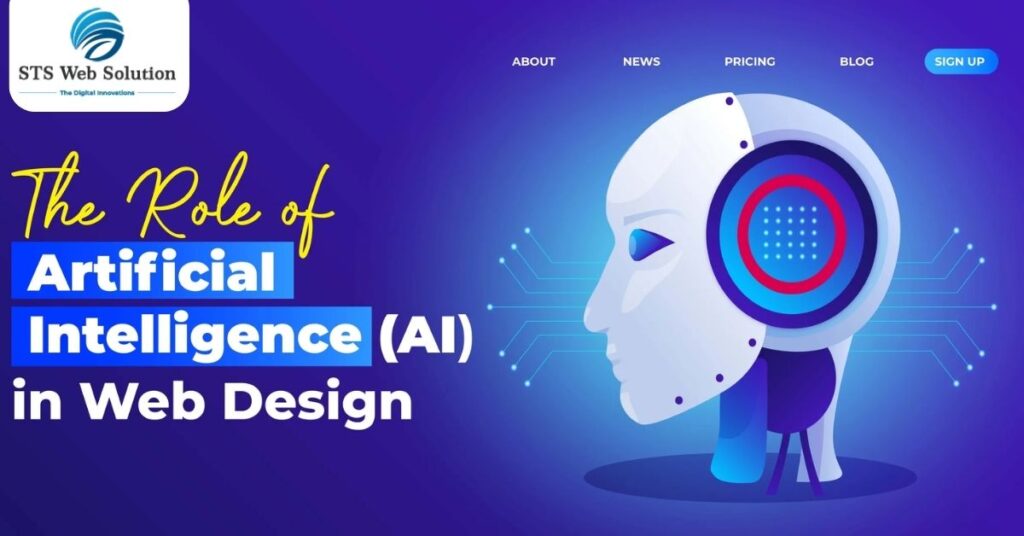In today’s fast-paced digital world, a well Website Design and engaging website layout is the key to capturing and retaining the attention of online visitors. With countless websites vying for attention, it’s crucial to create a visually appealing and user-friendly layout that not only attracts visitors but also keeps them engaged with your content. In this blog, we will delve into the top 10 tips for creating captivating website layouts that leave a lasting impact.
A website’s layout is the foundation upon which the entire user experience is built. It is the arrangement of visual elements, content blocks, navigation menus, and interactive features that guide visitors through your website. A thoughtfully designed layout enhances the overall user experience, facilitates easy navigation, and highlights your most important information and calls to action.
1. Understand Your Target Audience
Before diving into the design process, it’s critical to understand your target devotees. Research their preferences, needs, and behaviours to create a layout that resonates with them. Consider factors such as age, demographics, and browsing habits to tailor your design accordingly.
2. Understand Your Target Audience
Dig deeper into understanding your target audience by conducting market research and analysing user data. Gain insights into their preferences, interests, and behaviors to tailor your website layout accordingly. Consider factors such as age, demographics, and browsing habits to create a design that resonates with your audience.
3. Clear And Intuitive Navigation
When designing the navigation for your website, prioritize simplicity and ease of use. Ensure that visitors can find information effortlessly by using logical menu structures, intuitive labels, and easily recognizable icons. Consider implementing breadcrumbs to provide users with clear navigation pathways, especially on larger websites.
4. Consistent Branding
Consistency in branding is vital for creating a cohesive and memorable website layout. Use consistent colours, typography, & imagery throughout your website to boost your brand identity. This consistency builds trust and recognition among your audience, enhancing their overall experience.
5. Mobile-First Design
In the era of mobile browsing, adopting a mobile-first design approach is crucial. Begin designing your website layout with mobile devices in mind, focusing on responsive design principles. Ensure that your website accommodates, seamlessly to different screen sizes & resolutions, providing a consistent & optimized experience across all gadgets.
6. Visual Hierarchy
Visual hierarchy refers to the arrangement and presentation of elements in a way that guides users’ attention. Establish a clear visual hierarchy by using size, colour, contrast, and typography to differentiate between different levels of importance. This helps users quickly scan and understand your content, enhancing readability and engagement.
7. Strategic Use Of White Space
White space refers to the vacant areas amidst the various elements present on a webpage. Use white space strategically to create a clean, uncluttered layout that enhances readability and visual appeal. It allows content to breathe and provides a sense of balance and organization. Utilize white space to separate sections, highlight important elements, and improve overall user experience.
8. Engaging Call-To-Action (CTA)
A call-to-action (CTA) is a stimulus that motivates users to engage in a particular action.. Design compelling and visually appealing CTAs that stand out on your website. Use clear and concise copy that conveys the value proposition, and choose contrasting colours to make the CTA buttons visually striking. Place CTAs strategically throughout your layout to drive user engagement and conversions.
8. Optimize Page Loading Speed
The speed at which a page loads is a crucial element that significantly impacts the overall user experience. Optimize your website by optimizing image sizes, minifying code, and utilizing caching techniques. These optimizations help reduce loading times and ensure a smooth browsing experience. Regularly test your website’s speed using tools like Google Page Speed Insights and make necessary adjustments.
9. Incorporate Multimedia Elements
Multimedia elements such as images, videos, and infographics can significantly enhance the visual appeal and engagement of your website. Use high-quality visuals that are relevant to your content and align with your brand identity. Ensure that the multimedia elements are optimized for fast loading times and provide value to the user experience.
10. Regular Updates And Testing
Website layouts should evolve with changing trends and user preferences. Regularly update and test your layout to ensure it remains fresh, functional, and engaging. Gather user feedback through surveys or usability testing and analyze website analytics to identify areas for improvement. Continuously iterate and refine your website design to enhance user engagement and satisfaction.
Conclusion
Creating engaging website layouts requires a combination of thoughtful design principles, understanding your target audience, and optimizing for user experience. By implementing the top 10 tips mentioned in this blog, you can enhance the visual appeal, functionality, and engagement of your website. If you’re looking for professional web design services, consider partnering with STS Web Solution Company to bring your vision to life. Remember, an engaging website layout is a key factor in attracting and retaining visitors, and ultimately, achieving online success.






